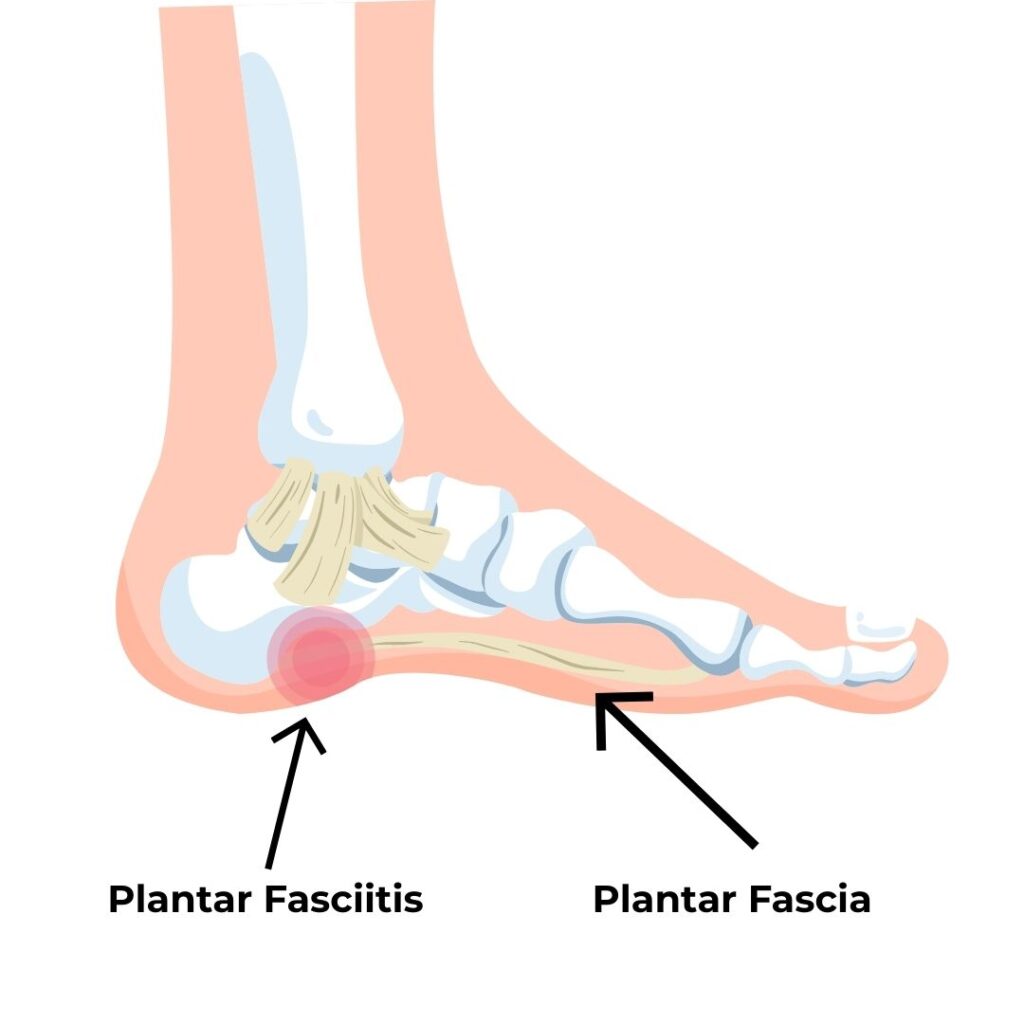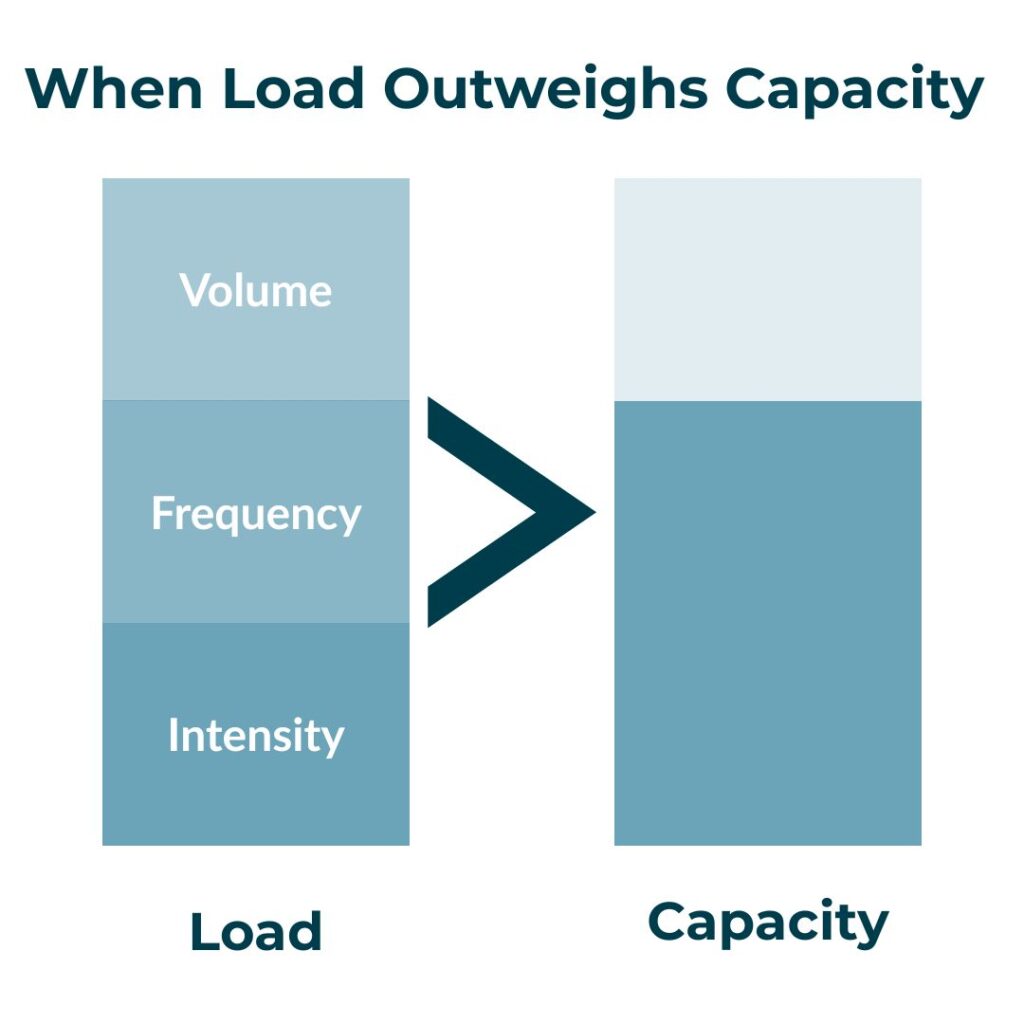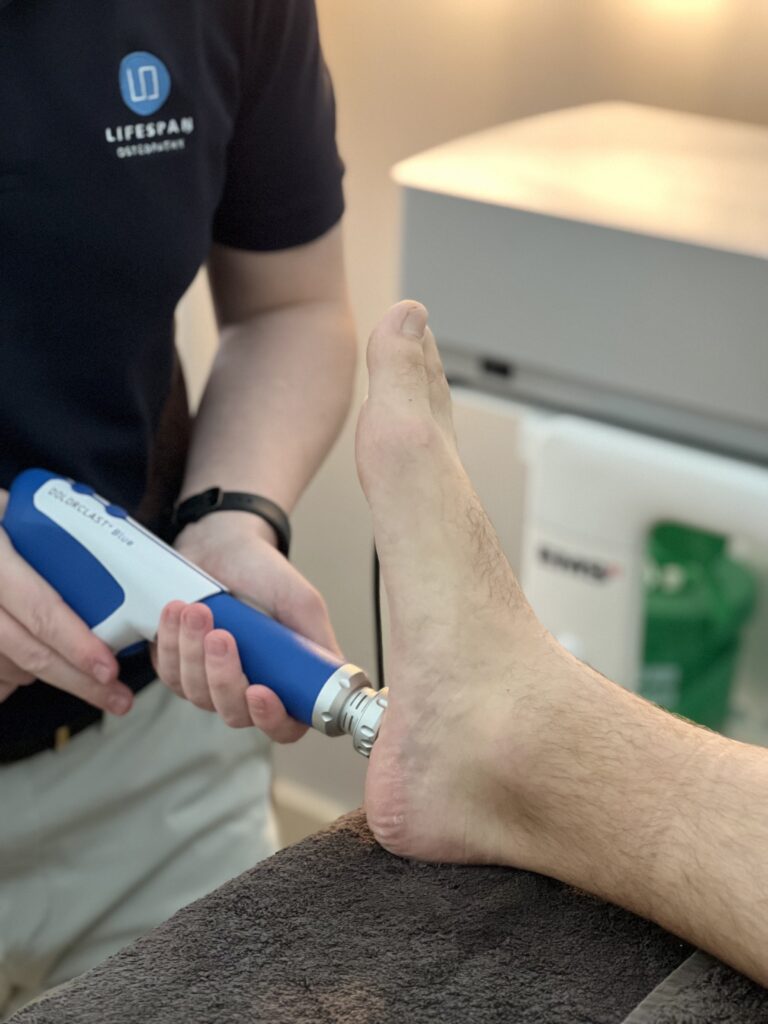Plantar Fasciitis and Hyrox: What Causes It and How to Recover
As you are beginning your Hyrox journey it is important to know that plantar fasciitis is one of the most common injuries that comes out of Hyrox training.
Plantar Fasciitis is a condition that can affect more than your training. It can have an influence on your daily life as you are constantly loading your feet.
You are not doomed though.
It is not expectation for you to live with this pain in your feet but it is important to understand the ways to prevent and manage plantar fasciitis. The signs, symptoms and management strategies of plantar fasciitis will be discussed in this post, giving you an insight to overcoming this injury.
There are multiple ways osteopathic therapy can help plantar fasciitis. From this blog you will be able to gain an understanding of how this injury occurs. Finally, arming yourself with knowledge such as how long it takes to heal is vital with progressing forward with this condition.
Below are some FAQ’s regarding plantar fasciitis which will allow you to grasp a greater understanding of the condition.

What is the plantar fascia, and why is it important?
The part of your foot called the plantar fascia is a thick band of tissue that sits at the bottom of your foot going from the bottom of your heel bone (calcaneus) and going to the base of your toes.
The roles of the plantar fascia are:
- To support the structure of the foot, and
- To create an effective impact cushion when you walk and also protects vital components of your foot like blood vessels and nerves.
What is Plantar Fasciitis?
To fully understand this term, we should break it down into parts.
‘’Plantar Fascia’’ means the location under the foot, and ‘’itis’’ means inflammation.
So, plantar fasciitis is the inflammation and irritation of the plantar fascia . This irritation occurs due to increased loading causing small tears in the plantar fascia.
These are degenerative changes that occur over time.
How long does Plantar fasciitis last?
Some minor to moderate cases can last from a few weeks to a few months. Left untreated, more severe cases can fluctuate over many months or even years.
Who does Plantar Fasciitis affect?
Plantar fascia can affect anyone at any age. Specifically, when we’re talking about athletes or highly active people, it is more likely to occur in:
- Runners
- Any repetitive running/ jumping sports
- General population who increase their daily steps/time on feet
- People who have recently changed their shoes
Plantar Fasciitis Symptoms:
Some of the classic symptoms of plantar fasciitis include:
- Pain in your heel or sole of your foot which is common to present in the morning or after a time of rest
- Stiffness and tightness in the calf and/or feet
- Barefoot walking is worse
- Can be triggered by long periods of standing

Why does it happen?
Plantar Fasciitis can occur due to multiple reasons.
The main reason being a concept called ‘LOAD VS CAPACITY’.
Load is the amount of strain that goes through your plantar fascia. Ie. how many kilometers of running you do per week, or even how many steps you do per week.
Capacity is how strong and durable your plantar fascia is.
Overuse injuries like plantar fasciitis usually occur when the ‘’Load’’ outweighs the ‘’Capacity’’ for a prolonged period. During this time of increased load, micro tears occur leading to a breakdown of the plantar fascia, causing pain.

Factors that increase load:
Each factor is cumulative, meaning that your body may be able to deal with one factor at a time, but may have difficulty if you add in more than one of these at a time:
- Increasing running/walking/ exercise volume in a short amount of time
- Increasing exercise session frequency
- Increase running/exercise intensity in a short amount of time
- New running shoes
- Recent increase in body weight putting more load on your feet
- Biomechanical dysfunction
Factors that decrease capacity:
There are a number of factors that decrease how well load your system is able to manage, otherwise known as “capacity”.
These include:
- Stress- higher stress levels can decrease your ability to manage inflammation
- Lack of sleep- sleep is generally when your body repairs itself. If you’re not getting enough shut eye, you may predispose yourself to injuries.
- Diet- lower quality foods can increase systemic inflammation and decrease your ability to manage inflammation
The Science and Research around Plantar Fasciitis:
- 1 in 10 people will experience plantar fasciitis in their lifetime, and 86% of those affected are physically active (1)
- Runners have up to a 22% chance of encountering this injury (2)
- It is common in both Males and Females, however females are slightly more likely to develop it (3)
- 72% of patients who undergo shockwave therapy for their plantar fasciitis have significant decreases in pain levels whilst taking first steps in the morning, doing daily activities like walking or running (4)
How does Osteopathy Help Plantar Fasciitis?
The part of the capacity vs load equation that Osteopathic treatment can affect is the ‘’load’’. We do this by improving the biomechanical function of all of the involved structures.
Hands on therapy helps as it will help correct the biomechanics that put excessive stress/load on the plantar fascia.
If using a shockwave as a therapy, we stimulate the body’s natural healing response and promote tissue regeneration in the plantar fascia.
Osteopathy differs from other treatment methods as we use a holistic approach with our treatment. We utilize multiple types of techniques, focusing our treatment on multiple areas that have a biomechanical influence on the plantar fascia.
Osteopathic treatment is not just seen as a treatment for people who have already have plantar fasciitis. We may also help with prevention of plantar fasciitis for individuals who do high levels of training.
Osteopathic Techniques used in the treatment of Plantar fasciitis:
Each case of plantar fasciitis will be individually assessed and treated. However, some of the techniques we may use in the treatment of plantar fasciitis include:
- Soft Tissue
- Joint mobilization
- HVLA (Joint manipulation)
- Shockwave therapy
- Rehabilitation exercises

What can you expect in an Osteopathic Consultation?
The first step of any consultation is a thorough case history, so that your Osteopath can get an understanding of your injury.
We will then go over an assessment, addressing the biomechanical issues causing the foot pain. This will then be followed by hands on therapy and/or shockwave therapy. Exercise prescription and lifestyle management will be included at the end of the consultation.
Real-life examples:
Shockwave usually has a 70-80% chance of providing significant relief of plantar fasciitis symptoms, however, with my own experience, every patient has benefited from shockwave.
One case included a patient who was a basketball player and had been suffering from plantar fasciitis for 10 years. After 5 shockwave treatments and strength-based rehabilitation, the patient had significant decreases in pain levels.
Another example was a patient who is a Hyrox athlete. He was dealing with foot pain for 5 months, and through a change up of shoes, exercises, rehab and hands on treatment had significant pain decreases within 5-6 treatments.
Management of Plantar fasciitis
Exercise prescription is vital when treating plantar fasciitis, as building strength increases the capacity component of the ‘Load Vs Capacity’ balance.
At home strategies & Self-management
Self-management and exercise rehabilitation is a big part of osteopathic treatment for plantar fasciitis.
Exercise prescription is an instrumental inclusion as building strength in your feet, ankles, knees and hips helps increase the ‘capacity’ side of the ‘Load vs Capacity’ balance.
Strength Exercises include:
- Isometric Calf raises on a towel
- Towel toe curls
- Squats
- Lunges

Other rehab exercises like stretching and trigger point self-massage can be useful for decreasing the current acute symptoms. These can be implemented in the morning as it is common for symptoms to arise on your first step of the day.
Some examples of stretching and trigger point exercises include:
- Knee to wall calf stretch
- Wall plantar fascia stretch
- Ice bottle trigger point on plantar fascia
Management of Load:
This can be done by measuring the number of kilometers you run daily and weekly. It is also essential to monitor your total daily steps, as these will still load your plantar fascia.
Decreasing both parameters to a level that your feet can manage will be important in the early stages. As pain levels decrease and the capacity of your feet increase through the strength exercises, look at slowly increasing this load week to week or even month to month.

When to Seek professional help for plantar fasciitis:
- If it affects your training intensity
- If you are not progressing in your training
- If the pain is involved within your daily activities
- If your heel pain is something you can’t control
- If the pain even affects your sleep
Osteopathic intervention is suited to any demographic and any fitness level. This is because plantar fasciitis can affect the novice trainer/runner and can also affect the fittest people in the world. Whether you are just getting into training for your first Hyrox or an experienced veteran in the running space, Osteopathic manual therapy will benefit your plantar fasciitis.
Plantar Fasciitis is managed by addressing the balancing equation of ‘’Load Vs Capacity’’. If you address this correctly you will have a higher chance of overcoming this debilitating condition. It is important to understand the process will take time and there is no “silver bullet” fix. Passive therapies like Osteopathic hands-on treatment are a great tool to use to help speed up recovery time, and address biomechanical deficiency that may be creating the pain.
If you are struggling with heel pain whilst trying to ramp up your training for your next Hyrox event, Osteopathy can help you move and feel better. Book an appointment with our team to find out more.
Give us a call on (03) 9372 7714 during business hours, or book online anytime and start your treatment program now.
Sources:
- Plantar fasciitis THOMAS TROJIAN, MD, MMB, AND ALICIA K. TUCKER, MD
- Plantar fasciitis Benjamin K. Buchanan; Reddog E. Sina; Donald Kushner.
- Plantar fasciitis in athletes: diagnostic and treatment strategies. A systematic review by Federica Petraglia, Ileana Ramazzina, Cosimo Costantino
- Radial extracorporeal shock wave therapy is safe and effective in the treatment of chronic recalcitrant plantar fasciitis: results of a confirmatory randomized placebo-controlled multicenter study by Ludger Gerdesmeyer

